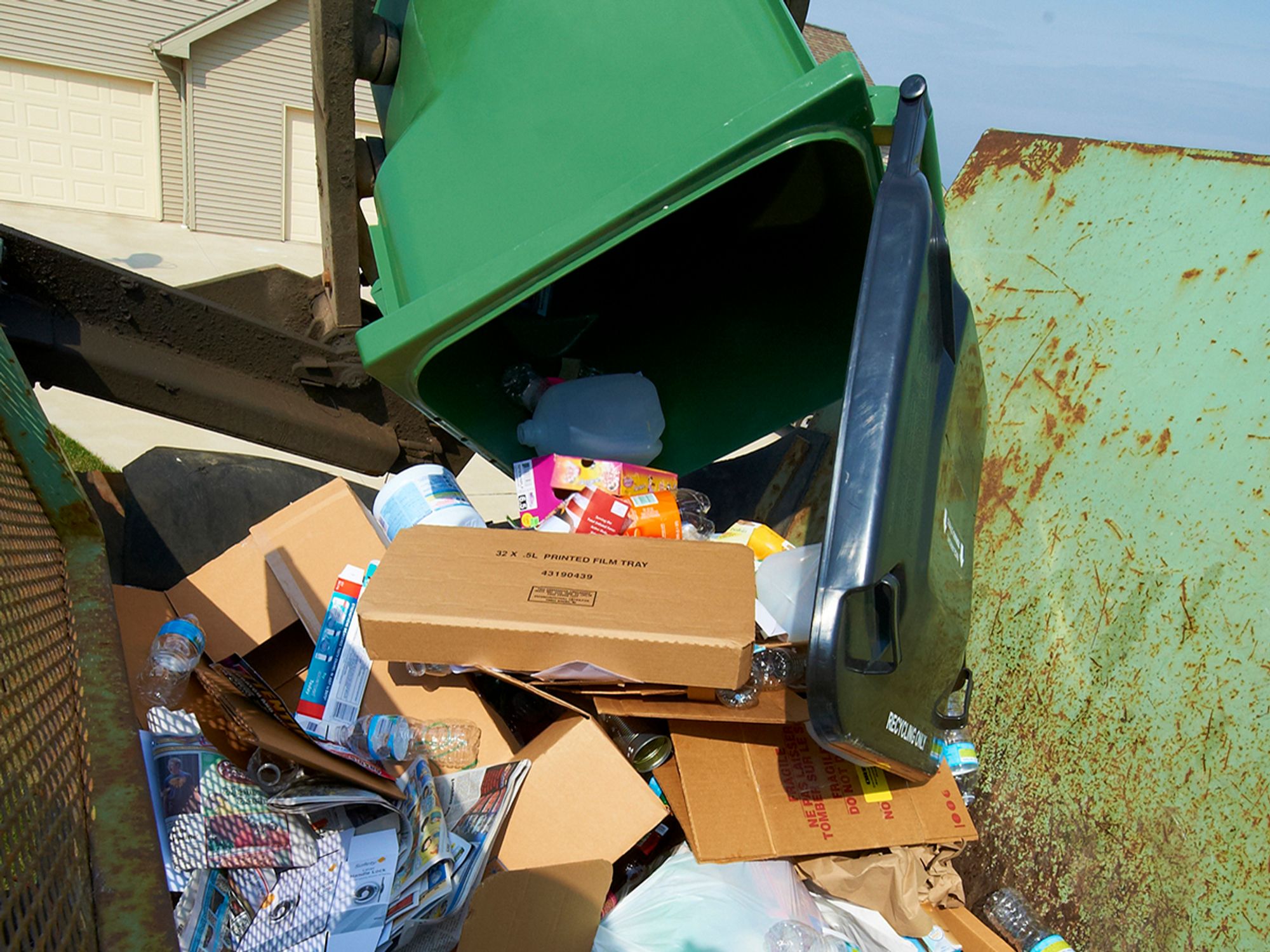Benefits of waste minimization

- Reducing waste generation through waste minimization has helped some companies change their RCRA regulatory status from large quantity generator to small quantity generator.
- Waste minimization can improve production efficiency, profits, good neighbor image, product quality, environmental performance, and chemical waste.
Waste minimization not only protects the environment, but it also makes good economic and business sense. For example, reducing waste generation through waste minimization has helped some companies change their Resource Conservation and Recovery Act (RCRA) regulatory status from large quantity generator (1,000 or more kilograms of hazardous waste generated per month) to small quantity generator (between 100 and 1,000 kg of hazardous waste generated per month), or even to very small quantity generator (up to 100 kg of hazardous waste generated per month). Some have managed to eliminate the generation of hazardous waste and avoid RCRA regulatory requirements altogether.
Source reduction and/or environmentally sound recycling, reuse, and reclamation practices have helped many organizations reduce:
- The quantity and toxicity of hazardous and solid waste generation;
- Raw material and product losses;
- Raw material purchase costs;
- Waste management recordkeeping and paperwork burden;
- Waste management costs;
- Workplace accidents and worker exposure;
- Compliance violations; and
- Environmental liability.
At the same time, waste minimization can improve:
- Production efficiency,
- Profits,
- Good neighbor image and reputation,
- Product quality,
- Environmental performance, and
- Chemical waste.
Waste minimization, particularly recycling activities, may also allow an organization to meet less stringent requirements in RCRA. Always check with state and local environmental agencies to be sure of compliance with the regulations.
